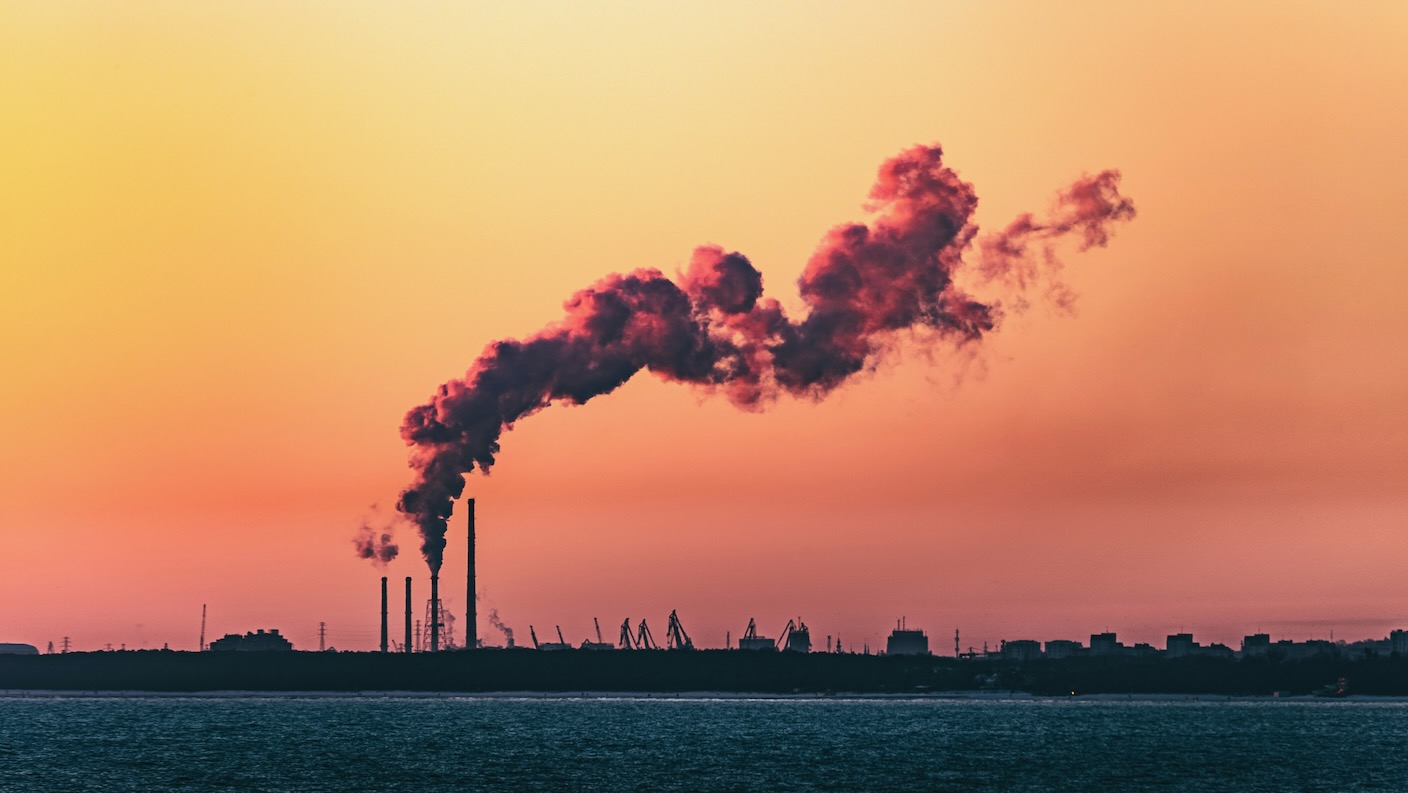
Heavy industry is one of the most stubbornly difficult areas of the economy to decarbonize. But new research suggests emissions could be reduced by up to 85 percent globally using a mixture of tried-and-tested and upcoming technologies.
While much of the climate debate focuses on areas like electricity, vehicle emissions, and aviation, a huge fraction of carbon emissions comes from hidden industrial processes. In 2022, the sector—which includes things like chemicals, iron and steel, and cement—accounted for a quarter of the world’s emissions, according to the International Energy Agency.
While they are often lumped together, these industries are very different, and the sources of their emissions can be highly varied. That means there’s no silver bullet and explains why the sector has proven to be one of the most challenging to decarbonize.
This prompted researchers from the UK to carry out a comprehensive survey of technologies that could help get the sector’s emissions under control. They found that solutions like carbon capture and storage, switching to hydrogen or biomass fuels, or electrification of key industrial processes could cut out the bulk of the heavy industry carbon footprint.
“Our findings represent a major step forward in helping to design industrial decarbonization strategies and that is a really encouraging prospect when it comes to the future health of the planet,” Dr. Ahmed Gailani, from Leeds University, said in a press release.
The researchers analyzed sectors including iron and steel, chemicals, cement and lime, food and drink, pulp and paper, glass, aluminum, refining, and ceramics. They carried out an extensive survey of all the emissions-reducing technologies that had been proposed for each industry, both those that are well-established and emerging ones.
Across all sectors, they identified four key approaches that could help slash greenhouse gases—switching to low-carbon energy supplies like green hydrogen, renewable electricity, or biomass; using carbon capture and storage to mitigate emissions; modifying or replacing emissions-heavy industrial processes; and using less energy and raw materials to produce a product.
Electrification will likely be an important approach across a range of sectors, the authors found. In industries requiring moderate amounts of heat, natural gas boilers and ovens could be replaced with electric ones. Novel technologies like electric arc furnaces and electric steam crackers could help decarbonize the steel and chemicals industries, respectively, though these technologies are still immature.
Green hydrogen could also play a broad role, both as a fuel for heating and an ingredient in various industrial processes that currently rely on hydrogen derived from fossil fuels. Biomass similarly can be used for heating but could also provide more renewable feedstocks for plastic production.
Some industries, such as cement and chemicals, are particularly hard to tackle because carbon dioxide is produced directly by industrial processes rather than as a byproduct of energy needs. For these sectors, carbon capture and storage will likely be particularly important, say the authors.
In addition, they highlight a range of industry-specific alternative production routes that could make a major dent in emissions. Altogether, they estimate these technologies could slash the average emissions of heavy industry by up to 85 percent compared to the baseline.
It’s important to note that the research, which was reported in Joule, only analyzes the technical feasibility of these approaches. The team did not look into the economics or whether the necessary infrastructure was in place, which could have a big impact on how much of a difference they could really make.
“There are of course many other barriers to overcome,” said Gailani. “For example, if carbon capture and storage technologies are needed but the means to transport CO2 are not yet in place, this lack of infrastructure will delay the emissions reduction process. There is still a great amount of work to be done.”
Nonetheless, the research is the first comprehensive survey of what’s possible when it comes to decarbonizing industry. While bringing these ideas to fruition may take a lot of work, the study shows getting emissions from these sectors under control is entirely possible.
Image Credit: Marek Piwnicki / Unsplash
- SEO Powered Content & PR Distribution. Get Amplified Today.
- PlatoData.Network Vertical Generative Ai. Empower Yourself. Access Here.
- PlatoAiStream. Web3 Intelligence. Knowledge Amplified. Access Here.
- PlatoESG. Carbon, CleanTech, Energy, Environment, Solar, Waste Management. Access Here.
- PlatoHealth. Biotech and Clinical Trials Intelligence. Access Here.
- Source: https://singularityhub.com/2024/02/02/these-technologies-could-axe-85-of-co2-emissions-from-heavy-industry/
- SEO Powered Content & PR Distribution. Get Amplified Today.
- PlatoData.Network Vertical Generative Ai. Empower Yourself. Access Here.
- PlatoAiStream. Web3 Intelligence. Knowledge Amplified. Access Here.
- PlatoESG. Carbon, CleanTech, Energy, Environment, Solar, Waste Management. Access Here.
- PlatoHealth. Biotech and Clinical Trials Intelligence. Access Here.
- Source: https://zephyrnet.com/these-technologies-could-axe-85-of-co2-emissions-from-heavy-industry/


How ‘Dune’ Became a Beacon for the Fledgling Environmental Movement—and a Rallying Cry for the New Science of Ecology
Dune, widely considered one of the best sci-fi novels of all time, continues to influence how writers, artists, and inventors...